The Puente Hills is surrounded by roughly 25 perimeter miles of urban edge, nearly all of which consists of residential development. This presents challenges to both the plants and animals living within the natural areas, as well as to the people living in communities adjacent to the Puente Hills. Plants and animals living within natural areas are subject to impacts by “edge effects” from the surrounding urban areas, as well as from authorized recreational activities and unauthorized access to the natural areas. On the urban side of the urban/wildland interface, people may experience visits from wildlife. Co-existence between humans and wildlife is the key to living near and preserving this unique area. For those residents that do not live near the hills, co-existence is also the key as much wildlife live exclusively in the urban areas and cities as well.
More information about hazing/scaring coyotes, please see below.
Living in harmony with your wild neighbors helps to soften the urban influence on the wildlife that lives in the adjacent natural areas as well as within developed areas. With increasing urban development and consequently diminishing native habitat, wildlife are losing places to roam, forage and peacefully exist. Healthy wildlife populations are necessary for healthy ecosystems, which in turn create cleaner air and watersheds, among many other benefits. “Living on the Urban Edge: The Coexistence of People and Wildlife” is available at the Central Whittier Library on Washington Avenue at Mar Vista Street (in Uptown Whittier), or by contacting us for a free copy of the DVD.
People living adjacent to or in the vicinity of natural areas will commonly receive unexpected visits from wildlife seeking food, water, and/or shelter. The smaller wildlife, such as rodents, raccoons, and skunks often go unnoticed; whereas larger mammals such as coyotes often draw the attention of humans. Regardless, the presence of unwanted wildlife in urban yards is usually due to one or more factors knowingly and unknowingly caused by residents.
Wildlife is attracted to food, water, and/or shelter in urban yards; whether these sources of attraction are provided intentionally or unintentionally. Food sources may include fruit lying on the ground beneath trees; fruit and vegetable gardens without proper fencing to prevent access; compost piles; garbage; food for domestic pets being left outside on a regular basis (particularly at night); and domestic pets themselves. Water sources include pet bowls, fountains, bird baths, ponds, and swimming pools. The following measures are highly recommended to reduce the likelihood of unwanted visits by wildlife:
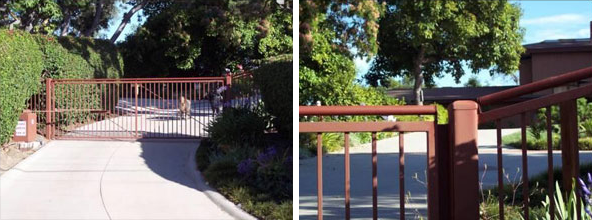
Please visit the following link for more information on coexisting with wildlife:

Coyotes play an import ant role in the ecosystem, helping to keep populations of rodents and other small mammals under control. This benefits our song bird populations. Additionally they feed on raccoons, birds, insects, berries, fruits/vegetables, human garbage, outdoor pet food and small pets left unprotected. Thus, coyotes are one of the most adaptable animals, occurring in every habitat type (including urban areas) throughout North America.
ant role in the ecosystem, helping to keep populations of rodents and other small mammals under control. This benefits our song bird populations. Additionally they feed on raccoons, birds, insects, berries, fruits/vegetables, human garbage, outdoor pet food and small pets left unprotected. Thus, coyotes are one of the most adaptable animals, occurring in every habitat type (including urban areas) throughout North America.
When residents living in communities surrounding natural areas (such as the Puente Hills) get coyotes in their neighborhoods, their first thought typically is that the coyotes are “coming down from the hills”. Although many coyotes do enter suburban areas from natural areas looking for food, many coyotes found in suburban areas are year-round residents, including very urban neighborhoods with essentially no natural areas. Through the illegal feeding of coyotes, and/or lack of deterrent measures to discourage coyotes from entering residential areas, humans find coyotes amongst them. Coyotes naturally are found where the food is, and if attractants (like outside pet food and water, rodents, or free roaming house cats) are present, coyotes may be present as well.
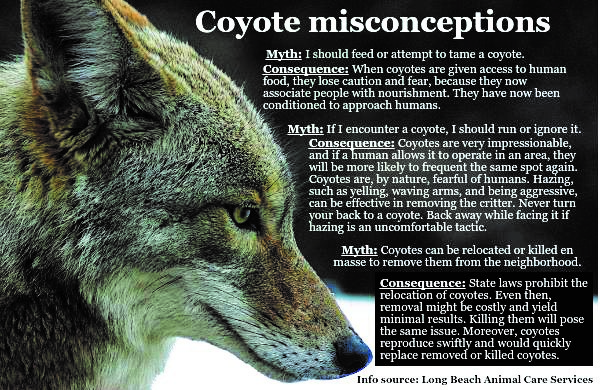
Coyotes are not the serious threat that some people make them out to be since attacks on humans are very rare. It is when coyotes become accustomed to humans that they lose their shyness and can become more demanding.
Eliminating coyotes by lethal means only perpetuates the population as coyote reproduction will increase to “make-up” for the lost individual, oftentimes resulting in more coyotes than before. Coyotes are most active and visible, potentially causing more interactions with people and pets, during mating season (January– March) and during pup-rearing season (May – July).
To coexist, it is important that coyotes do not associate urban areas with food. Coyotes are naturally fearful of humans, however they readily lose that fear when people intentionally (or unintentionally) provide food/water or shelter for them, or otherwise do not try to deter them from visiting. Eliminating sources that attract coyotes can go a long way in addressing the situation. If you encounter a coyote that is not retreating from humans, please adhere to the following:
For more information on coyotes please see the above tips on Wildlife Encounters, please read this brochure provided by the California Department of Fish and Wildlife, read our blog post about Coyote Visits, visit Project Coyote‘s website or visit the National Parks Service website and learn about their ongoing urban coyote study.
Mountain Lions
Mountain lion sightings are not common, but occasionally people may catch a fleeting glimpse of this awe-inspiring top predator in the hills. The mere presence of a mountain lion in the Preserve is not something to cause fear; rather, it is a sign that our native ecosystem is functioning properly. CA Department of Fish and Game statistics show that in the last 100 years, only 14 fatal cougar attacks occurred on the entire North American continent. In that time, more than 15,000 people were killed by lightning; 4,000 by bees; 10,000 by deer; 1,300 by rattlesnakes. Mountain lions eat deer almost exclusively, and occasionally other smaller wildlife, and are generally not considered a danger to people. They are secretive and typically avoid contact with people – if you do happen to see one, consider yourself lucky! While there have been no reports of aggressive or threatening behaviors toward humans in the Preserve, it is still a good idea to be cautious, keeping the following guidelines in mind:
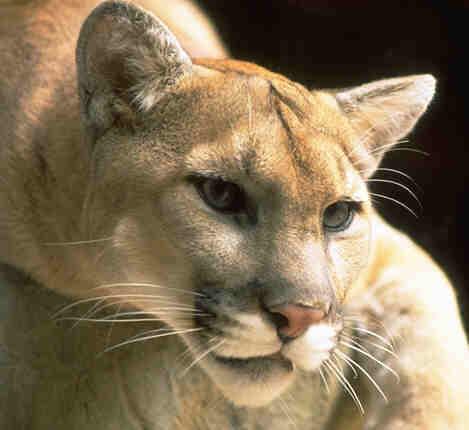
For more information on mountain lions, please read this brochure provided by the California Department of Fish and Wildlife.
Edge Effects
Edge effects (or indirect impacts) are impacts associated with urban activity. Examples of “edge effect” impacts are the invasion of non-native plant species into natural areas (generally from yard landscaping); attracting wildlife with food or backyard conditions; predation and disease by domestic companion animals; residential night lighting spilling over into the natural areas; ambient noise levels increased within the natural areas; and habitat fragmentation caused by volunteer (privately made) trails.
For more detailed information about urban edge effects and how you can help alleviate these impacts, please go to the California State Parks Website

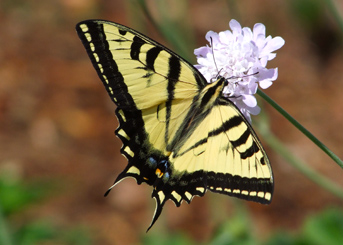
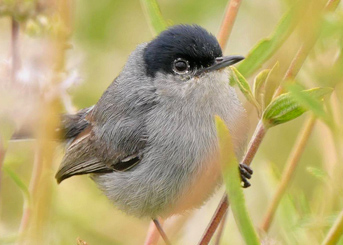
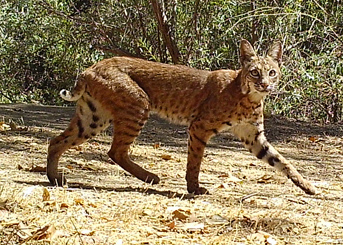
7333 Greenleaf Ave
First Floor, Whittier, CA 90602
© Puente Hills Habitat Preservation Authority. All Rights Reserved.